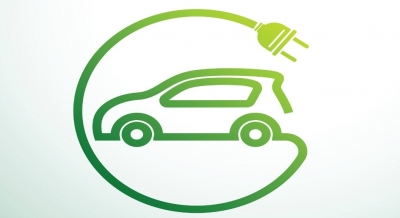Seoul: The global electric vehicle (EV) battery market is forecast to post rapid growth to $616 billion in 2035, a market tracker said on Wednesday, with the China-based production likely to sharply shrink amid the EV-related policy revamps in the US and Europe.
The projection marks a fivefold increase from $121 billion estimated for this year, according to a report released by SNE Research, a Seoul-based energy market tracker.
Demand for EV battery production is expected to reach 5.3 terrawatt hours (TWh) globally in 2035, compared with 687 gigawatt hours (GWh) predicted for 2023.
The report said the combined production capacity of global top six battery makers, including South Korea’s LG Energy Solution, Samsung SDI and SK On will likely stand at 5 TWh in 2035, reports Yonhap news agency.
By region, the EV battery production in North America is expected to account for 31 per cent of the global production, sharply growing from the current 6 percent, the report said, as battery makers are ramping up manufacturing in the region to qualify for U.S. tax credits under the US Inflation Reduction Act.
The production in Europe will also rise to 27 per cent from 12 per cent, as the European Union is pushing for similar policy revamps to promote its local EV markets.
That will likely slash the production in China by about half to 38 per cent in 2035, compared with 75 per cent in 2022.
By 2035, EVs will take up about 90 per cent of all cars sold globally, representing 80 million vehicles, the report said.
EVs accounted for about 13 percent in the entire vehicle market last year, a jump from around 1 percent between 2015 and 2017. Demand for EV batteries soared to 482 GWh from 28 GWh in the same period.
The research outlet also gave an outlook that the envisioned solid state batteries, a next-generation cell under development by battery makers, will make up around 10-13 percent of the secondary cell market in 2035.
Its commercial production is predicted to start in earnest around 2030, with the production capacity likely to reach 950 GWh by that year.
Solid-state batteries have drawn attention as they have lower fire risks because they use a solid electrolyte, instead of the liquid and gel electrolytes used in lithium-ion batteries.
They also have a higher energy density that allows a longer driving range.
Samsung SDI aims to begin commercial production of its solid-state batteries in 2027. LG Energy Solution is working to mass produce two types of solid-state batteries — polymer-based and sulfide-based — starting in 2026 and 2030, respectively.
–IANS


Comments are closed.